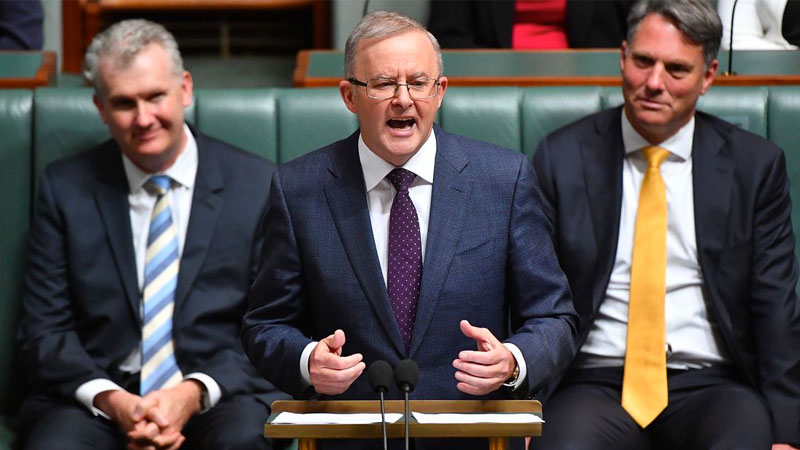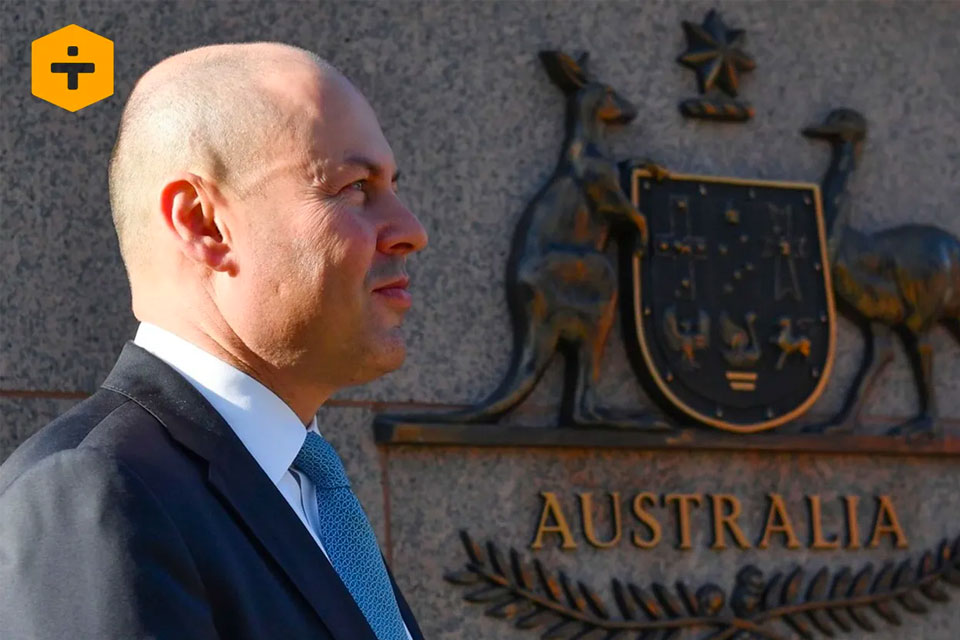Budget Reply: 30,000 Homes Dwarfs Government Pledge
A $10-billion future fund to build social and affordable housing, with a target of 30,000 dwellings in five years, is part of plans put forward by the federal Labor opposition in its response to last week’s budget.
The pledge, which dwarfs the government’s planned $124.7-million spend, would be filtered through the states and territories to help them meet their responsibilities to manage homelessness services, via the National Housing and Homelessness Agreement.
Experts agreed the government’s plan falls short of the needed infrastructure spending to support social housing.
Opposition leader Anthony Albanese used his budget reply speech to put forward the initiative, to be known as the Housing Australia Future Fund, which he said would also stimulate the economy and create jobs.
Labor's plan also includes a promise to build 10,000 affordable homes for frontline workers, such as nurses, police and cleaners, who cannot afford to live in the suburbs they service.
Each property would have to be rented at below-market rates for 20 years, after which there could be an option to buy.
After the first five years of operation, returns from the fund would be used in perpetuity to service acute housing needs.
Albanese said 4000 of the planned social housing properties would be allocated to women and children experiencing domestic and family violence and older women on low incomes.
It also plans to dedicate $200 million towards the repair, maintenance and improvements of housing in remote Indigenous communities.

“Make no mistake, the budget handed down on Tuesday night is not a plan for the next generation, it is a patch-up job for the next election,” Albanese said.
“Despite this housing crisis, the Morrison government has completely abandoned public housing.
“After eight long years of the Liberals and Nationals, they seem destined to watch this human tragedy get even worse.”
The housing affordability crisis has dominated headlines recently as house prices in Sydney hit a median average of $1.3 million, and the flow-on effect down the income spectrum has become more pronounced.
Research by the Australian Housing and Urban Research Institute shows Australia is short 173,000 affordable dwellings for rent, with Sydney short 60,000 dwellings.
The research also shows 71 per cent of all lower income private rental households struggle to pay rent that is considered unaffordable.
Mission Australia chief executive James Toomey said the budget’s inattention to housing measures needed at a national level to end homelessness and increase affordable housing was concerning.
“The grim shortage of social housing and affordable rentals, high levels of housing stress, punitive rate of JobSeeker and other income support payments, and a job market topped up with insecure, short-term jobs is triggering a spike in financial distress, housing insecurity and homelessness,” Toomey said.
“[We are] calling for all for a housing capital aggregator to enable large-scale private investment in affordable housing to help end homelessness.”
Labor would establish a national income test to determine eligibility for such housing.

[+] Budget 2021: What It Means for Property
A huge emphasis on infrastructure spending is set to buoy property development...
Prior to the pandemic more than 150,000 people were on the waiting list for public housing. That number has since ballooned to 200,000 people.
Bushfires, floods and a widespread boom in Australian property prices have also contributed to thousands of distressed people sleeping rough.
Funds would also be put towards crisis accommodation for women and children and specialist services for veterans who are experiencing homelessness.
Albanese also vowed to pledge $100 million in incentive payments of up to $10,000 for 10,000 apprenticeships in the clean energy sector.
There would be 2500 places a year over four years with $2000 for starting a qualification and the same amount each year as well as on completion, capped at $10,000.
“The impacts of Covid-19 will continue to be felt for years to come,” AIA chief executive Julia Cambage said.
“Australia needs long-term structural reform to keep people in jobs and in homes they can afford that are also better for both their wellbeing and the health of the planet,” she said.
“The Australian Institute of Architects applauds [Labor’s] focus on incorporating good design around energy efficiency, making homes more liveable and energy bills more affordable with better health outcomes.”
Labour projects 21,500 full-time jobs in construction and the broader economy will be created in the first five years, with a guarantee one-in-10 on-site workers will be apprentices.
Labor's pledge was an important step in continuing to bolster social and affordable housing as part of the diversity of options needed, the Urban Development Institute of Australia said.
UDIA president Simon Basheer said proposals for social and affordable housing needed to be viewed in the context of the underlying, structural deficit on housing supply that continues to put pressure on housing affordability.
“The long-term goal is simple—producing a sustained pipeline of additional supply to meet the demands of population growth and deliver a more balanced market,” he said.
“We’ve witnessed a record year of housing production in some markets and making that a durable baseline is the best remedy for the challenges homebuyers … currently face.
“That is why we would also urge Labor to clarify its position on the negative gearing and capital gains tax discount policies it took to the last election.
“These policies would disrupt housing markets and undermining the delivery of much-needed rental stock without making a material difference to prices.”














